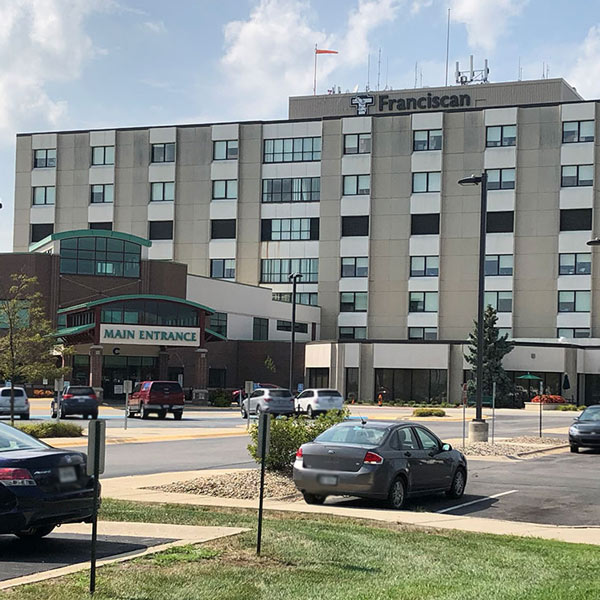About This Treatment
When you receive stem cells from a donor, often a relative, it’s referred to as an allogeneic stem cell transplant. Most patients undergoing an allogeneic stem cell transplant have a malignant disease that is sensitive to chemotherapy; radiation of a part or all of your body may be part of the treatment. Both the high-dose chemotherapy and the radiation will suppress and damage your bone marrow. Without a stem cell transplant, high-dose chemotherapy and/or radiation would lead to lengthy or permanent low levels of red cells, platelets, and white cells. Inside the bone marrow reside stem cells, which are the "mother" cells that can produce all the cells that are found in your blood: red cells, platelets, and white cells. A stem cell transplant restores the stem cells, which in turn will produce sufficient white cells, platelets and red cells to protect you. Additionally, the new stem cells may start fighting your cancer.Who can get an allogeneic stem cell transplant?
You may be a candidate for an allogeneic stem cell transplant if you have:
- Leukemia (acute myelogenous, acute lymphocytic, chronic myelogenous, chronic lymphocytic)
- Malignant lymphoma
- Hodgkin's disease
- Multiple myeloma
- Myelodysplastic syndrome
- Myeloproliferative disorder
- Severe aplastic anemia
- Immunodeficiencies
- Hemoglobin disorders (sickle cell anemia, thalassemia)
The best donor is a sibling (brother or sister) who is HLA-type (tissue type) identical with the patient. If your family members are not a strong genetic match, Indiana Blood & Marrow Transplantation at Franciscan Health Indianapolis looks to the National Marrow Donor Program (NMDP).
The preferred sequence for selection of possible donors for IBMT physicians is:
- HLA-identical sibling donor
- HLA-matched unrelated donor
- HLA-matched umbilical cord cells mismatched related donor
Once you have completed the pre-transplant process and evaluation, and your donor has been cleared for stem cell donation, the actual transplant episode begins. At the hospital, you will stay in a HEPA-filtered room. HEPA stands for “High Efficiency Particulate Air” and means that a filter removes all germs from the passing air. During your stay, you may have dietary and environmental restrictions to prevent infection.
Two days after the last chemotherapy, the stem cells will be infused over 2-3 hours through your central line. The day before the stem-cell infusion you will start daily infusions of cyclosporine, a drug to try to prevent severe graft versus host disease. This infusion rarely causes any side effects. After the infusion of stem cells, the wait is on for the growth of the new blood cells. It takes about 10-20 days before the first white cells re-appear. Transfusions of platelets and red blood cells will also help prevent infection and bleeding in the weeks following your transplant. Movement and continued cleanliness are essential to recovery.
Clinic visits are an integral part of recovery following discharge from the hospital. During such clinic visits, infusions of drugs, fluids and electrolytes, and transfusion of blood products may be needed. At home, you still will take many medications.






